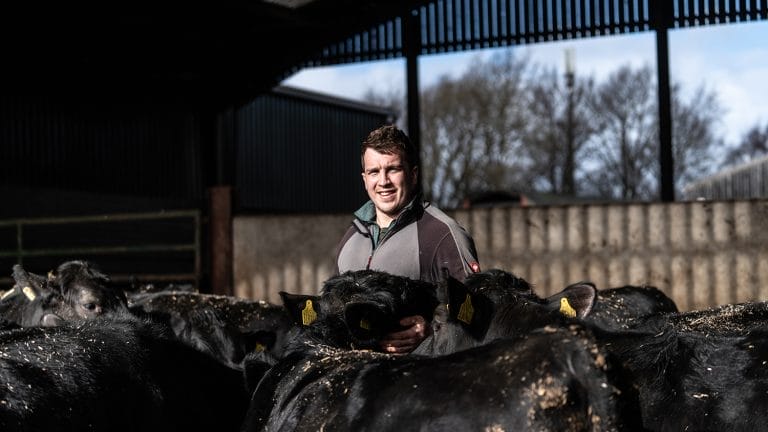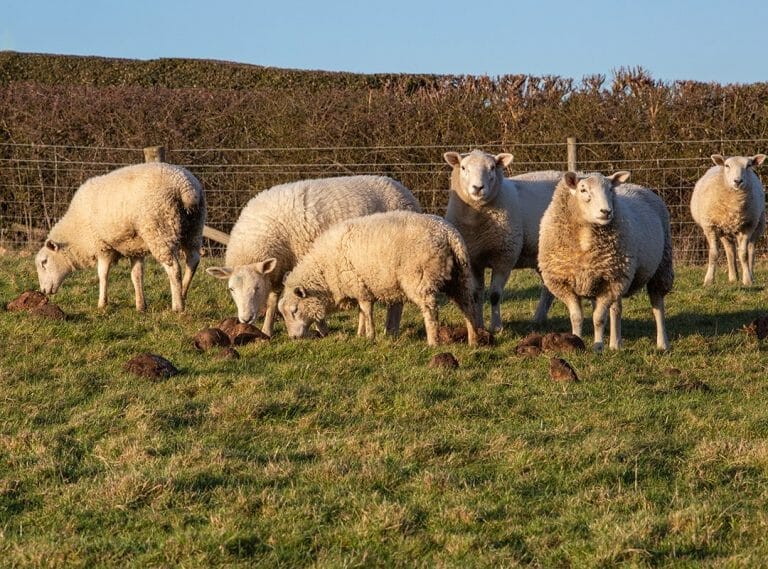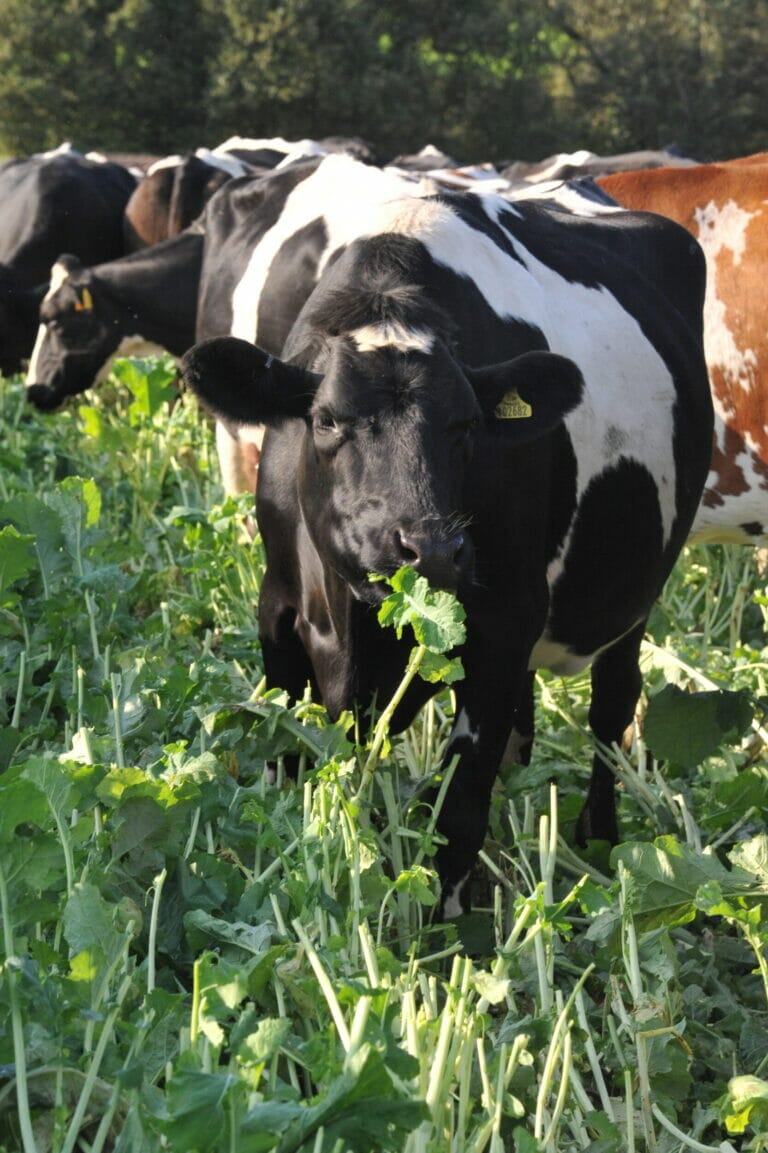“It’s the second season in the UK for Bombardier and it was highly successful in trials and on farm in 2018,” he says. “Sown up to mid-July, it survived in dry conditions and provided a high feed value grazing crop in autumn through to the end of January.”
Results from Limagrain’s innovation site in Lincolnshire showed fresh weight yields of 80 tonnes per hectare and nine to 11 tonnes of dry matter per hectare. Dry matter content was 13.5% and digestibility of 72.2%.
“The relative dry matter yield for this new variety was 18% above the control variety, that’s 1.74 tonnes more from each hectare – a real boost for forage stocks.”
Bombardier has been bred for improved stem and leaf utilisation, and this has provided a higher feed value crop. Poor stem quality, that may have been 60% to 70% of the total yield, has held back the feed value of forage kale. The softer and more digestible stems seen in these new varieties bring improved feed value and utilisation of the crop.
“In the past, farmers have faced a bit of a dilemma when it comes to kale,” adds Mr Titley. “If the kale crop is grazed well, then crop utilisation is good, but the poor feed value in the stem will limit liveweight gain. A less well-grazed crop, where a proportion of the stem is left, will achieve better liveweight gains but poorer crop utilisation.
“Marrow stem kales like Bombardier are highly digestible and have improved dry matter yields and utilisation potential, can overcome this dilemma.”
Kale should be drilled in spring and before mid-July at a seed rate of 5kg per hectare, and growers are encouraged to opt for varieties that are club root tolerant and where the seed can be supplied with a fungicide seed treatment.
“The great benefit of a kale crop is its flexibility,” says Mr Titley. “It can be used any time from September to February, so it is ideal for outwintering production systems and it is a popular choice for dairy young stock, beef cattle and sheep.”
Kale – the facts:
Sowing rate 4-5kg/ha
Growing costs £496/ha
Dry matter 9-11t/ha
Crude protein 16-17%
ME 10-11kg DM

































